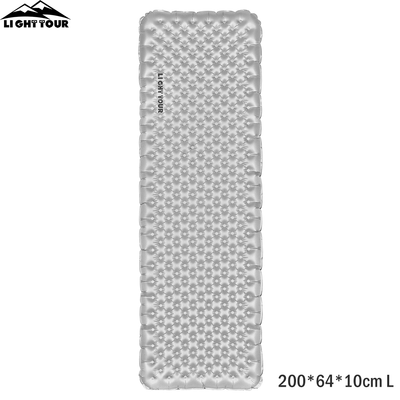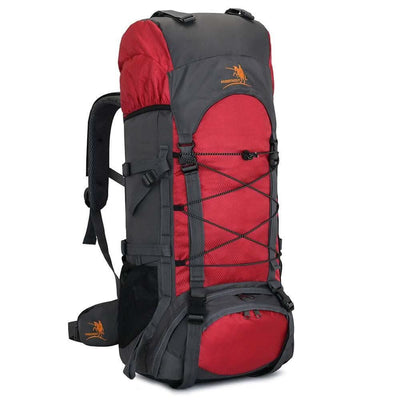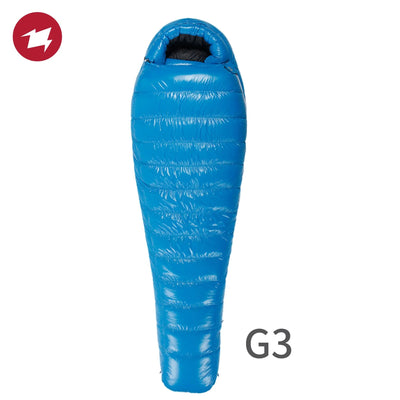Four season tents are for the most extreme conditions in the mountains, where you expect to meet winter conditions all year round with snow and high winds. 4 season tents are for the mountaineers, the skiers, snowboarders, and the winter adventurers. What features do you need in the best four-season tent?
In summary, you need your four-season tent to be:
· Freestanding.
· Weatherproof.
· Stable in high winds and storms.
· Durable.
· Warm and comfortable.
· Affordable
The precise four-season tent that suits your needs depends primarily on your camping destination and conditions. Four-season (or all-weather) tents are more robust than three-season tents and use more substantial, more durable materials in the fabric and poles. More poles and a rain fly that reaches close to the ground, and a curved shape helps keep the four-season tent in place despite windy conditions.












